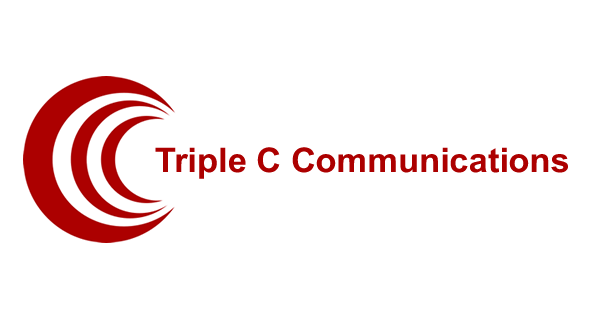Amplifiers & Repeaters
Broaden your reach, eliminate dead zones. We offer BDA site surveys and signal strength tests.
Amplifiers/Repeaters
Bi-Directional amplifiers (BDA), boosters, extenders, repeaters – there is no shortage of options when you’re looking to broaden the reach and enhance the effectiveness of your cell and two way radio coverage to combat dreaded “dead zones.” For now, let’s focus on just one part of the coverage picture – bi directional amplifiers and repeaters for two way radios and how the two options are different. Working with Triple C and looking at the two side-by-side can help you decide which will be the best fit for you.
Two-way Radio Bi Directional Amplifiers
Bi-directional amplifiers work by locating a wireless signal from outside of a building – say, an antenna placed on the roof – amplifying that signal and rebroadcasting it throughout a coverage area. BDAs:
- Operate on a single frequency.
- Are generally limited in coverage to a single building, campus or geographic footprint.
- Are only as effective as where they’re placed. BDAs rely on a distributed antenna system, or DAS, to pick up wireless signals and distribute them to your hard-to-access spots that need them most. The DAS needs to be strategically placed for best results, which is why it’s key to call in a professional installer to assess the needs of your situation and your best placement options.
Two-way Radio Repeaters
Two-way radio repeaters receive data on one frequency and retransmit it at a higher power on a different frequency. Repeaters:
- Require two frequencies to operate.
- Have a more expansive coverage area than a BDA. Motorola also offers the option to link up to 15 repeaters to create wide area coverage.
- Can switch back and forth between analog and digital modes, providing the flexibility to continue to use analog devices as you upgrade to digital. A system with both analog and digital capabilities can also use data functions such as GPS.
- Can also serve as base stations, or the base hub for all lines of communication. Transmissions from two way radios are sent to the base station where they can then be transmitted through a higher wattage to other frequencies. Base stations are useful for companies and operations that have a fleet of vehicles, from taxis to tow trucks.
System Management
Triple C can offer sophisticated network system management solutions to reduce operation and maintenance costs. Offering such features as remote programming, firmware uploading, subscriber unit access management, also monitoring and diagnostic capabilities – all from a secure Windows®-based application via direct connection, IP connection or dial-up modem. Access is limited to authorized personnel only.
Operators can monitor site traffic in real time for management and troubleshooting purposes. They can also download the detailed call activity of any channel site, individual or group for traffic, security and incident analysis. System Manager will graph peak usage and blocking statistics to identify possible system traffic and/or capacity issues.
Enterprise Solutions
- BDA building site surveys
- BDA signal strength tests
- Blazing fast deployments: weeks, not months or years
- Low-cost small cell, repeater & passive DAS technology
- Systems Management Software
- Local installation team
- Coverage from 20k sq. ft. to 1 million sq. ft.
Get a full system quote and proposal today!
Let Triple C help you with your communications needs.
